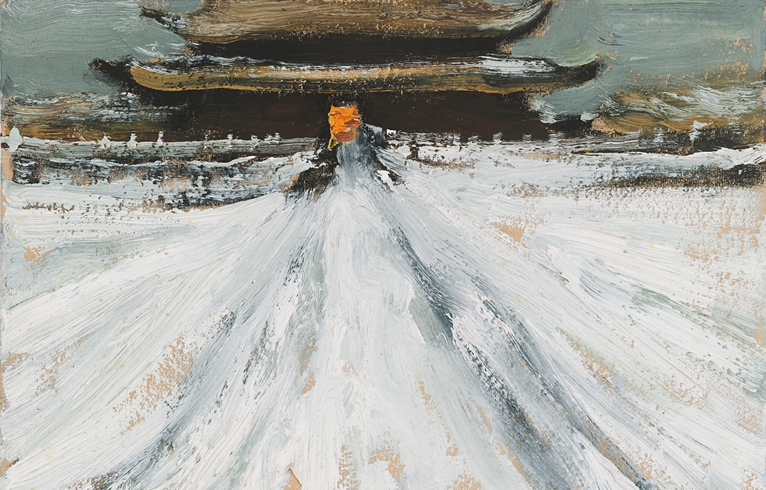Blooming in the Shadows: Unofficial Chinese Art, 1974-1985
| February 24, 2012 | Post In LEAP 12

Art from China is highly fashionable in New York, but attention to one or another current star too often neglects the art-historical question of how contemporary art emerged at the dawn of Opening and Reform. This exhibition looks at three distinct movements— the No Name Group, the Stars, and the Grass Society—which functioned as agents of this emergence. Physically compact but intellectually challenging, the exhibition supplements the account offered by scholar Joachim Pissarro in his Cézanne/Pissarro, Johns/Rauschenberg: Comparative Studies on Intersubjectivity in Modern Art of how boldly original artists nonetheless require a shared basis for development. Housed in two small galleries of the Chinese Institute, it tells the story of these movements from the period, which bridged the gap between the Cultural Revolution and the full-fledged emergence of the Chinese avant-garde in 1985.
Were the paintings of the No Name Group hung in some provincial museum, they would seem sensitive, but very belated responses to French modernism. By 1974, art supplies were hard to find. And so these artists made small pictures. Employed as laborers when high school and college education had ceased, these young men and women led double lives, working six days per week, then painting outdoors in their spare time. They met secretly and in 1979 created the first independently organized exhibition since the start of the Cultural Revolution, which that year drew an average of 2,700 visitors per day. They did not create openly political images. Li Shan’s In the Rain (1974-78) could be an early Matisse, and Liu Shi’s Small Hills (1975-76) a landscape by some late Impressionist. But whereas in Paris these would have looked tame, here they were extremely bold, in showing not the grand public themes demanded in official socialist art, but cityscapes and other apolitical subjects.
In 1979, 23 young modernists of the Stars group hung their art on a fence outside the institution now known as the National Art Museum of China. Breaking free from Socialist Realism, they imitated Today, the unofficial literary magazine. Every artist, their group name implied, was a star. More than 100,000 visitors saw their second exhibition in 1980. Wang Keping’s Idol (1979) is a wood sculpture that was certainly seen as a critique of Maoism, if not a satirical portrait of Mao himself. Li Shuang’s bold Red and Black (1979) depicts Zhang Zhixin, a party member whose throat was slashed to silence her before she was executed in 1975. Ai Weiwei’s Quintessential Communist Umbrella Briefcase (1980s), a briefcase with hammer and sickle joined to a black umbrella, shows him responding to Marcel Duchamp.
The Grass Society was established in 1979 in Shanghai and included artists from an older generation, as well as some worker artists who had not received formal training. They had an all-inclusive attitude. Grass, they said, grows everywhere, “is so widespread, ordinary, and resilient, yet brings to the world, year after year, luxuriance and hope.” Working when abstraction and the nude were taboo, these outsiders included Qiu Deshu, whose ink on paper 3-5 Times Shouting (1980) demonstrates how Robert Motherwell might have worked had he studied literati painting. Chen Juyuan’s Abstract Expression II (1975) is an ink and watercolor on paper that any number of second-generation Abstract Expressionists would have been proud to claim as their own.
By 1985, painters and sculptors in China were ready to take their rightful place in the international development of art. But without these heroic figures, who as the catalogue reveals put themselves at considerable personal risk, the recent history of Chinese art would probably have been very different. David Carrier

